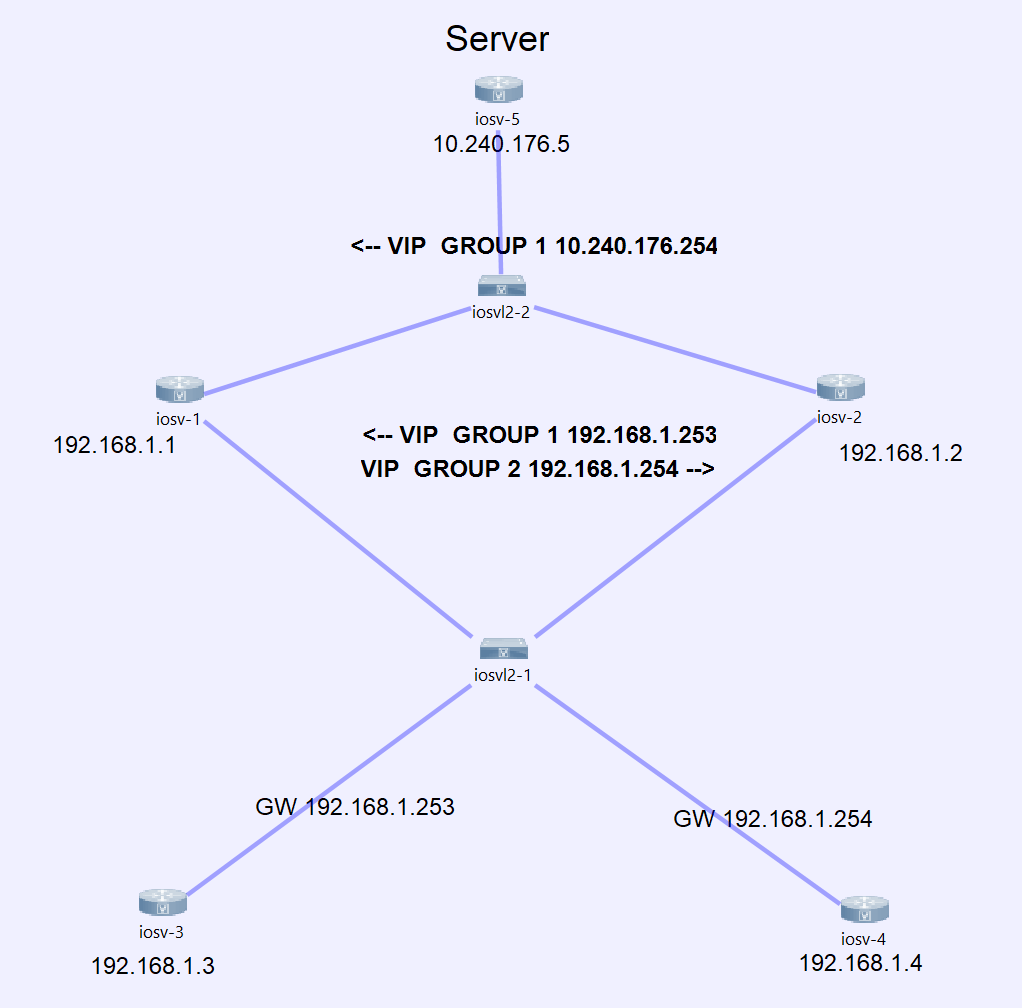Since Ethernet Frames do not have TTL (Time To Live) like a IP-Datagram, they will live forever till they are processed. This could lead to many issues in case there is a loop in the topology. The packet will ends into an endless loop and cause a possible saturation of the link and resources of the devices that are trying to process this data.
After a defined process of exchanging specific frames (BPDU, Bridge protocol Data Unit) spanning-tree protocol creates a Layer-2 Tree topology by placing a root switch on the top of the tree, that all the members agreed before. The loop will be blocked by putting links in the tree into a blocking state in order to have a free loop topology. In case an uplink fails, the recalculation will start again and the blocking links may be unblock to prevent connectivity between devices in the upper layers. There is a process to select which ports are in blocking or forwarding state.
By putting some links into the blocking state, spanning-tree impide us to use multipaths to reach to the destination. Which means, that this mechanism impide us to use the fully amount of bandwith offered by the topology. Different versions/standards of the spanning-tree has been developed in order to solve this kind of issues with small difference between eachother. Let us have a look to some of them.
Here are some terms that will be discussed in this post:
- Primary Root Bridge
- Secondary Root Bridge
- Bridge
- BPDU
- TCN
- STP Timers
BPDU (Bridge Protocol Data Unit)
A BPDU is a spanning-tree message containing certain information about a device. The information found in this frame is pasted in the output below, which is related to the commong spanning tree. This can be read in every BPDU under the ‚Protocol Version Identifier‘ and the value set to it, in this case Spanning Tree (0) . It contains its protocol version identifier, type of BPDU, its flags, and information about the root bridge and the local brige. We can say that root and bridge identifier are different (00:1c:0e:87:78:00 and 00:1c:0e:87:85:00) which means the BPDU generated was not sent from the root brdige. We also found information about its Max Age, Hello Time and Forward Delay

